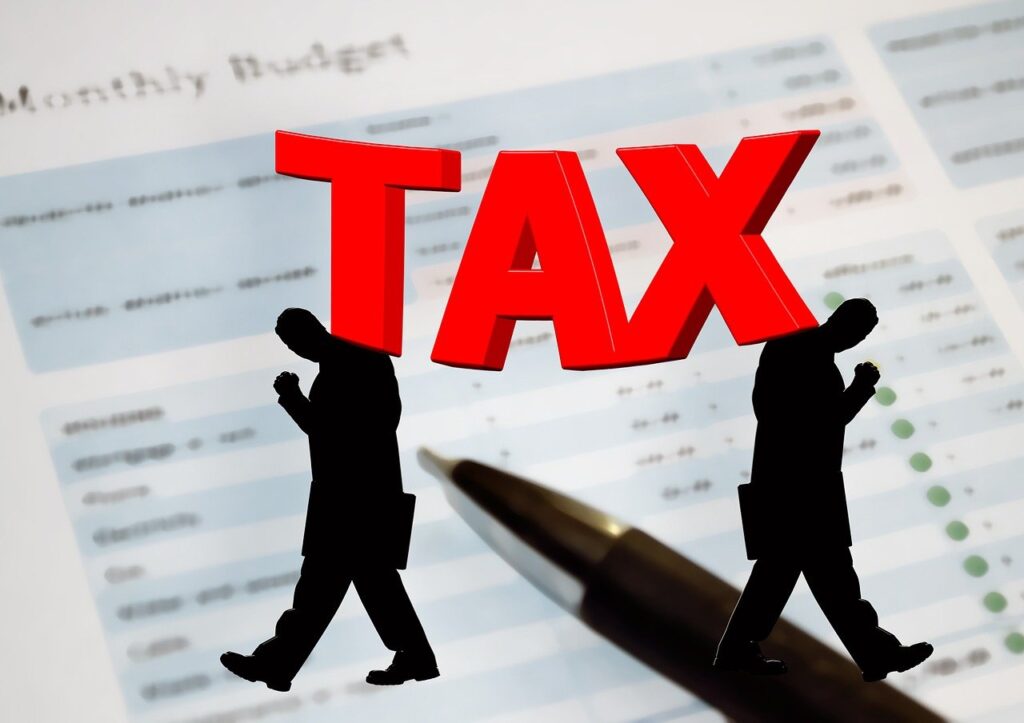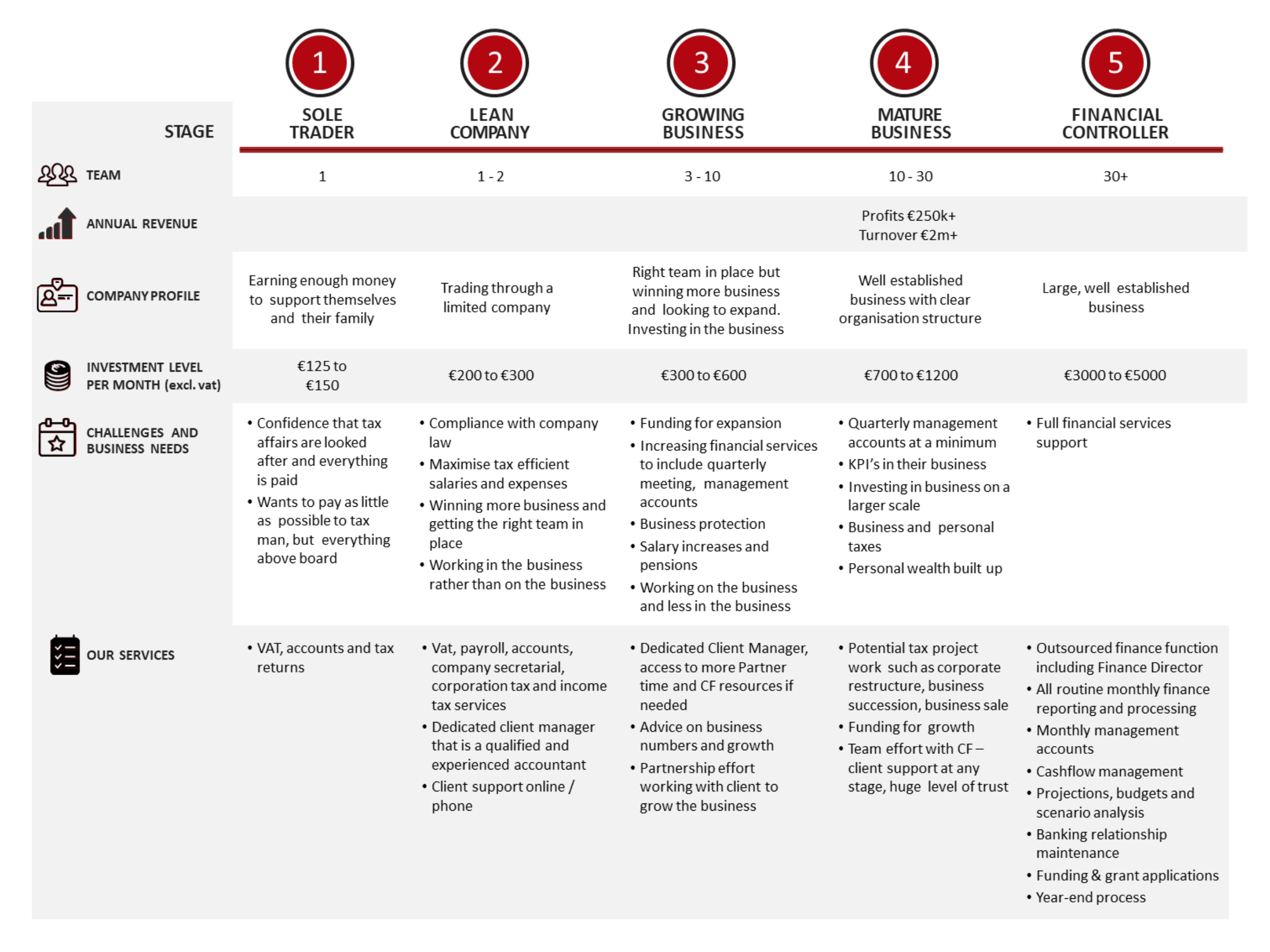This company tax tips blog is to help you avoid some pitfalls and ensure you stay on the right side of Revenue. Maher Horgan owns 100% of Rebel Tipp Ltd, a consulting engineering company, on the border of Tipp and Cork. He’s scratching his head, doing his best James Dean. Although he’d much prefer to be like Joe Dean. He can’t understand how he has a Company Tax bill for 2024 when he had losses. Let’s look at
- Background
- Losses but a liability
- Professional services surcharge
- Professional services withholding tax
- Preliminary Tax 2025
- Summary
Background
Young Horgan has been in business for 10 years now, trading through his company. 2024 was the first year he ever had a loss. He did a lot of work for a local company that went bust in September that year. He didn’t want to let anyone go. Being optimistic about the future, he knew he could win new business to replace what he lost. Maher knew that his cash was reducing and that he was eating into his reserves. The company even went into overdraft by the end of 2024. By the end of 2024
- His Director’s Loan account went from €5,000 to €25,000
- The company went from having reserves of €30,000 at the end of 2023 to negative reserves of €40,000 at the end of 2024
- There was a trading loss for 2024 of €70,000
Losses but a liability
The company had losses but a liability for Corporation Tax. How could that be, he wondered. It didn’t make sense to him. His accountant, Frank Drebbin of Drebbin, Drebbin & Sons, sat him down to review the numbers. Maher wasn’t too sure of Frank and all his so-called funny jokes, but his father would kill him if he moved. The fancy accountants at the other end of town were tempting him with all sorts of new ways to do things. Saying that he trusts Frank and knows he is sharp when it comes to the numbers.
For 2024, the company tax liability was as follows
| Tax on services loss | €0 |
| Director’s loan Income Tax | €5,000 |
| Professional services surcharge | €800 |
| Less Professional services withholding tax | (€400) |
| Final CT liability | €5,400 |
| Less Preliminary CT paid | (€1,400) |
| Balance due | €4,000 |
As you will see, the increase in the director’s loan from €5,000 to €25,000 results in a liability of €5,000. Although that is Income Tax it is part of the Corporation Tax liability. Added to that is the professional services surcharge for the previous accounting period. But the PSWT gives some small relief as that reduces the liability by €400.
Director’s Loan Increase
By the end of 2024, Maher owed the company €25,000. Over the year his loan increased from €5,000 to €25,000. The loan increase is subject to Income Tax at 20%. But the €20,000 increase is the net loan after the deduction of the standard rate of Income Tax.
| Loan increase | €20,000 |
| Gross up by 20% [divide by 8 and multiply by 10] | €25,000 |
| Tax at 20% | €5,000 |
There is also the BIK element on the director’s loan. If that hasn’t gone through payroll, you should capture it in the Form 11 of the director. The rate is 13.5% of the balance owed, unless the loan is for the family home, where the rate is 4%.
Repay Director’s loan
Frank tells Maher that if he repays the €20,000 before the 21st of September 2025, then the €5,000 isn’t payable. That’s not an option for now, but he does intend to reduce the amount owed over the next few years.
Professional Services Surcharge
Frank tells Maher about the professional services surcharge. He can see his blood boiling, and Maher thinking about his friend Johnny and his building company. And he making a fortune and doesn’t have to pay this! The surcharge applies to undistributed profits of a professional services firm. Engineering is a professional service, and so the surcharge applies. But what Maher is paying in 2024 is the surcharge for 2023.
| Case II Profit 2023 | €12,190 |
| Deduction for CT – 12.5% | €1,524 |
| Distributable Trading Income | €10,666 |
| Deduct 50% | €5,333 |
| Surchargeable amount | €5,333 |
| Surcharge 15% | €800 |
There is no surcharge for 2024 as there are no profits. Maher remembers seeing something online about when a company has negative reserves. He wasn’t sure but thought no surcharge would apply if there were negative reserves. He is right that if there are negative reserves, then company law rules that you can’t take a dividend.
At the end of 2023, there were positive reserves of €30,000. He could have taken a dividend then. As a result, the surcharge will apply for 2023.
Dividends
One way to avoid paying the surcharge is to take a dividend from the company. Maher could take a dividend of €3,333 at any time up to 18 months from the end of the 2023 accounting year. That’s up to the end of June 2025. If he takes €3,333, the surchargeable amount goes to €2,000. If that number is €2,000 or lower, then no surcharge applies. Taking a dividend has its own tax implications, with tax on top of tax.
Carry back losses
If we carry back the losses from 2024 against 2023, would that get rid of the surcharge? The answer is No. If we carry back losses of €12,190 from 2024 to 2023, it will get rid of the 2023 profit. The company would get a refund of €1,524.
This is to do with the definition of Income in Tax law. Income, for the surcharge, excludes losses carried back or forward.
Professional Services Withholding Tax
When a professional services company works for a government body, that body will deduct tax at 20% on the payment. This is professional services withholding tax [PSWT]. In 2024, Maher’s company did a small consultancy job for the HSE for €2,000. So far in 2025, there has been no PSWT deducted. Frank can see that by checking the company on ROS.
The PSWT deduction reduces the CT liability of the company for the year in question. So, you deduct the PSWT to arrive at the final CT liability. It’s not like a preliminary CT payment, which is deducted from the final CT liability. That’s important for accountants and taxpayers alike to know your final CT liability. The reason for that is to ensure you get the preliminary tax number right.
Preliminary Tax for 2025
Preliminary Tax for small companies is based on two rules. Either pay 100% of the previous year’s liability or 90% of the current year’s liability. The payment date for 2025 for Rebel Tipp Ltd is the 23rd of November 2025. Using the 100% rule, the company would pay €5,400 by that date.
What we do know for 2025 is that there will be no corporation tax liability on trading profits. Maher thinks he will have a small profit in 2025, but losses forward will more than cover it. Plus, there will be no surcharge payable for 2024 in 2025. We know there is no PSWT deducted so far this year, so the only uncertainty is the Director’s Loan account. Maher confirms that he has been living off his salary. While the balance might grow a small bit, he thinks it wouldn’t be more than €5,000
Given that cash is a bit tight, Frank thinks there’s no need to pay €5,400 and recommends a payment of €1,400. That would more than cover the Income Tax due on a loan increase of €5,000. It should meet the 90% rule, and if it doesn’t, it wouldn’t be far off. For a small amount, Revenue are unlikely to apply interest charges.
Summary
For a company making losses, you’d think that the corporation tax numbers would be easy. Looking at the above, that’s not always the case. The calculations are more complex when there is a professional services company. Surcharges also apply to non-trading income like rents and deposit interest.
Knowing the payment dates and the amounts to pay are important. Plus, you can’t afford to miss filing deadlines either. A surcharge of 10% applies to late filers. Revenue will charge interest, usually to companies with larger liabilities. The interaction of losses, surcharges, and reserves is interesting to me. It will probably bore you to death!
Having a quality bookkeeping function in your business will help with the numbers. Getting the accounts done early is important too, so you can see what liabilities you have and when. To maximise the value of your company, you want to keep it as clean as a whistle. The last thing you need is a tax surprise with a late interest penalty or worse. Company tax tips will help keep Revenue from your door.
Want to make sure that you and your company are well looked after? If so, start here


